Books about Italy
For foreigners who love Italia, reading books about Italy is the next best thing to being there. They inform us and inspire us at the same time, and our imagination does the rest. Perhaps for Americans in particular, since our history is so “brief” and two-dimensional, Italy provides an endless landscape for discovery—not only from region to region, but also from century to century.
If you read my blog, then you know that I always strive to take a realistic view of life in Italy. There are plenty of others out there circulating “the fantasy,” but I believe that Italy is plenty interesting without all of that nonsense. And less predictable. I try to avoid the stereotypes, although I’m aware that they’re sometimes unavoidable. I also appreciate a little humor, especially when it’s directed inward. So this survey will be short on lyrical memoirs and re-styled versions of La Dolce Vita. If you want that, then watch a (Hollywood) movie instead. That fantasy is lovely, if it’s what you’re in the mood for. But if you want real, informed opinions, a bit of satirical wit, and a healthy measure of accurate historical background, check out some of these titles.
Good Italy, Bad Italy by Bill Emmott
I read this one a few months ago after seeing the documentary, “Girlfriend in a Coma,” in which the author of this book was the narrator and co-writer. The book is a little dry, as is the movie, in my opinion. But it stands as the most up to date survey of the current state of Italy’s politics and economics.
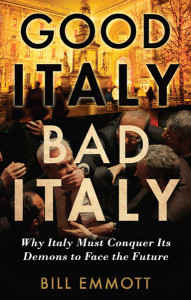
Mr. Emmott’s book largely recounts the cascade of mistakes, bad judgment, and outright corruption that brought Italian politics and economics to its present dismal condition. He also attempts to highlight some examples of “Good Italy,” as he calls it, by citing such accomplishments as judicial reform in Torino and the anti-mafia movement in Sicily. But on balance he does little to hide his pessimism for Italy’s future. Emmott seems to relish his role as an enemy of Silvio Berlusconi and the chronicler of his ultimate demise (which of course hasn’t come to pass yet).
Not the most stimulating journalism that I’ve ever read, but worth the effort if you are truly interested in the plight of Italy today.
The Italians by Luigi Barzini
The most recent edition was published in 1996, but the original is from 1964. One would think that the material would be a bit dated, but change occurs very slowly in Italy and therefore this classic look at Italians by an Italian remains extremely relevant today. In fact, it’s a much better read, with a more poetic, philosophical perspective, than Mr. Emmott’s book that I mentioned above. However Barzini’s book was written before the era of Craxi, Tangentopoli, and of course, Berlusconi, so it misses this crucial period of recent developments. Still, for the self-professed Italophile foreigner who is curious enough to challenge their rose-colored view of the Bel Paese, this book is the place to start. I read this book ten years ago and it remains my favorite. It’s insightful, honest, and balanced.
La Bella Figura: A Field Guide to the Italian Mind by Beppe Severgnini
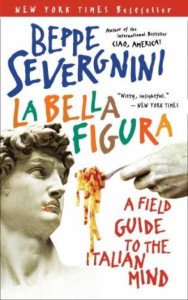
A lighter take on the Italian mentality by a modern day journalist from Milan. In my opinion, nothing quite makes a point as accurately as humorous anecdotes—and this book is full of them. Even as a foreigner who is still trying to figure out Italians, these observations strike me as spot-on. As I read this book, I sensed myself constantly nodding in agreement. And since it’s an Italian mocking his own country’s stereotypes, I felt less guilty about laughing along. It’s notable that this book begins with a quote from the aforementioned Barzini, “Being honest with oneself is the highest form of patriotism.” (It wouldn’t hurt for us Americans to remember that, either.)
Even some of the chapter titles are hilarious and oh-so-true. “The airport, where we discover that Italians prefer exceptions to rules.” “The highway, or the psychopathology of the stoplight.”
A vacationer wouldn’t likely notice some of these subtleties, but anyone who has actually lived in Italy, even for a short time, knows exactly what he’s talking about.
Saving Italy: The Race to Rescue a Nation’s Treasures from the Nazis by Robert M. Edsel
I haven’t read this one yet, but I will. I read the Monuments Men several years ago, and that book has inspired a movie now being produced and directed by Italy’s favorite American, George Clooney. I’m not even sure that this book belongs on my list, but it’s just too good of a story to omit. The truth is always stranger than fiction.
From the book description of Saving Italy: “When Hitler’s armies occupied Italy in 1943, they also seized control of mankind’s greatest cultural treasures. On the eve of the Allied invasion, General Eisenhower empowered a new kind of soldier to protect these historic riches. In May 1944 two unlikely American heroes—artist Deane Keller and scholar Fred Hartt—embarked from Naples on the treasure hunt of a lifetime, tracking billions of dollars of missing art, including works by Michelangelo, Donatello, Titian, Caravaggio, and Botticelli.”
If you’re interested in this particular era of history, you can also check out the book and documentary, The Rape of Europa.
Rome: A Cultural, Visual, and Personal History by Robert Hughs
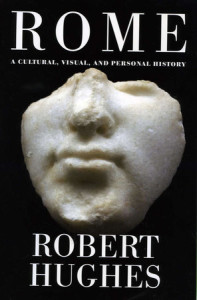
This book covers the Eternal City from its first foundations to Fascism in the span of 500 pages—no small feat. The author, by necessity, glosses over certain eras and topics, but in general this is a fully developed timeline of Rome’s rich past. Hughs does much better with art and architecture than he does with historical analysis (after all, he was once the chief art critic for Time magazine). And he could have used with a better editor, as there is a bit of annoying repetition throughout. But overall this is a great place to start if you want to trace this amazing city’s history across the millennia and be introduced to some of its major characters.
Francesco’s Venice: The Dramatic History of the World’s Most Beautiful City by Francesco da Mosto and John Parker
Most foreigners don’t appreciate how distinct the history of Venice is from the history of “Italy,” because usually the main focus is on ancient Rome. But the Venetian Republic was the dominant naval and shipping power from West to East from its humble origins on the island of Torcello in 639, up to 1797 when it was conquered by Napoleon and then gifted to the Austrians. Their republic lasted longer than Rome’s by at least 500 years.
I read this book in 2010 when I was temporarily living in Venice for two months. I studied the literature and history of La Serenissima in the morning, and then ventured out into the labyrinth to rediscover the past for myself every afternoon. I can’t think of a better way to know a place than to study it in situ. (*I’ll have much more to say about my time in Venice in an upcoming post.)
The author is a bit full of himself and spends too much time flaunting his family lineage which he claims can be traced back to Venetian nobility. Still, it is a concise, approachable overview of Venetian history for anyone who doesn’t much about the subject but would like to get quickly acquainted. An easy read with lots of great photos (including a few too many of author).
Palmento: A Sicilian Wine Odyssey by Robert V. Camuto.
I really enjoyed this one—it’s like you’re going on a wine tasting road trip with your best friend, savoring the serendipity of random encounters with a cast of colorful characters along the way. And if you’re not careful, you might actually learn a few things.
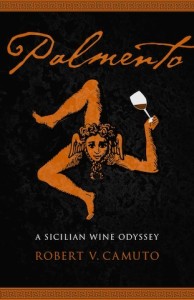
But not only do you learn about wine, but also about Sicilian history and culture; everything from foreigner occupiers to today’s mafia. The writer has an easy, story-telling style and you quickly find yourself looking at maps and websites to start planning a trip to Sicily .
My suggested pairing: read this book with a plate of pasta alla Norma and glass of Nero D’Avola. “Bonu vinu fa bonu sangu.” – “Good wine makes good blood.”
Italian Ways: On and Off the Rails from Milan to Palermo by Tim Parks.
Being released June 10, 2013.
I’ve read his previous book, Italian Neighbors, which is one of the great “expats living in Italy” books of the modern times. This new one comes out next week. From the book description:
“Through memorable encounters with ordinary Italians—conductors and ticket collectors, priests and prostitutes, scholars and lovers, gypsies and immigrants—Parks captures what makes Italian life distinctive: an obsession with speed but an acceptance of slower, older ways; a blind eye toward brutal architecture amid grand monuments; and an undying love of a good argument and the perfect cappuccino.
Italian Ways also explores how trains helped build Italy and how their development reflects Italians’ sense of themselves from Garibaldi to Mussolini to Berlusconi and beyond. Most of all, Italian Ways is an entertaining attempt to capture the essence of modern Italy. As Parks writes, “To see the country by train is to consider the crux of the essential Italian dilemma: Is Italy part of the modern world, or not?”
The Pursuit of Italy by David Gilmour
One of The Economist’s 2011 Books of the Year
“Did Garibaldi do Italy a disservice when he helped its disparate parts achieve unity? Was the goal of political unification a mistake? These questions are asked and answered in a number of ways in this engaging, original consideration of the many histories that contribute to the brilliance—and weakness—of Italy today.
David Gilmour’s wonderfully readable exploration of Italian life over the centuries is filled with provocative anecdotes as well as personal observations, and is peopled with the great figures of the Italian past—from Cicero and Virgil to Dante and the Medicis, from Garibaldi and Cavour to the controversial politicians of the twentieth century. Gilmour shows that the glory of Italy has always lain in its regions, with their distinctive art, civic cultures, identities, and cuisines. Italy’s strength and culture still come from its regions rather than from its misconceived, mishandled notion of a unified nation.”
Proust for Bagnanti by Emanuele Pettener
This book was written by one of my Italian professors at Florida Atlantic University in Boca Raton, Florida. Ema is a gifted writer with a sharp sense of humor and I’m sure that this book will be a real pleasure for anyone who reads Italian at a high level. It consists of three intersecting stories of three Italians living in the United States, each with a secret to hide. I haven’t read it myself yet, but I hear that some of the narrative takes place on our campus in Florida, so I’m anxious to find out more.
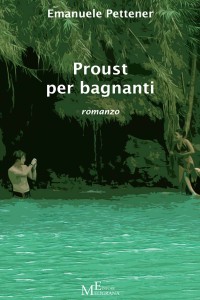
Novembre 2001, tre storie d’italiani negli Stati Uniti, ciascuno con un segreto in tasca, s’intrecciano in South Florida. L’incredibile storia di Rosa, il suo viaggio prima in Calabria e poi a Venezia, alla ricerca di un passato da ricostruire. Alfredo Crepuscolo, studente d’arte, che arriva in America all’alba del 2000 “colmo d’euforia da pioniere, come fosse il primo italiano dopo Colombo ad esplorare il Nuovo Continente”. E poi il narratore stesso con la sua fosca vicenda familiare, a metà degli anni ’90, e il suo “American Dream” sullo sfondo maestoso del Canal Grande. Tre storie in una, fitte di emozioni e colpi di scena, di sorprese, per i personaggi e per il lettore, nella luce ilare e colorata del sud tropicale americano, davanti a un oceano brillante, “imperturbabile come un gentleman inglese”.
Your thoughts?
I have been reading books about Italy for the past ten years and I never seem to tire of the topic. For me, Italy is a fascinating riddle whose solution always remains just out of my grasp. Whenever I think that I’ve just about figured it out, I suddenly realize how little I know. And that’s part of its allure, I think.
If you have any suggestion for me, PLEASE leave them in the comments so that I can add them to my list. Ciao!
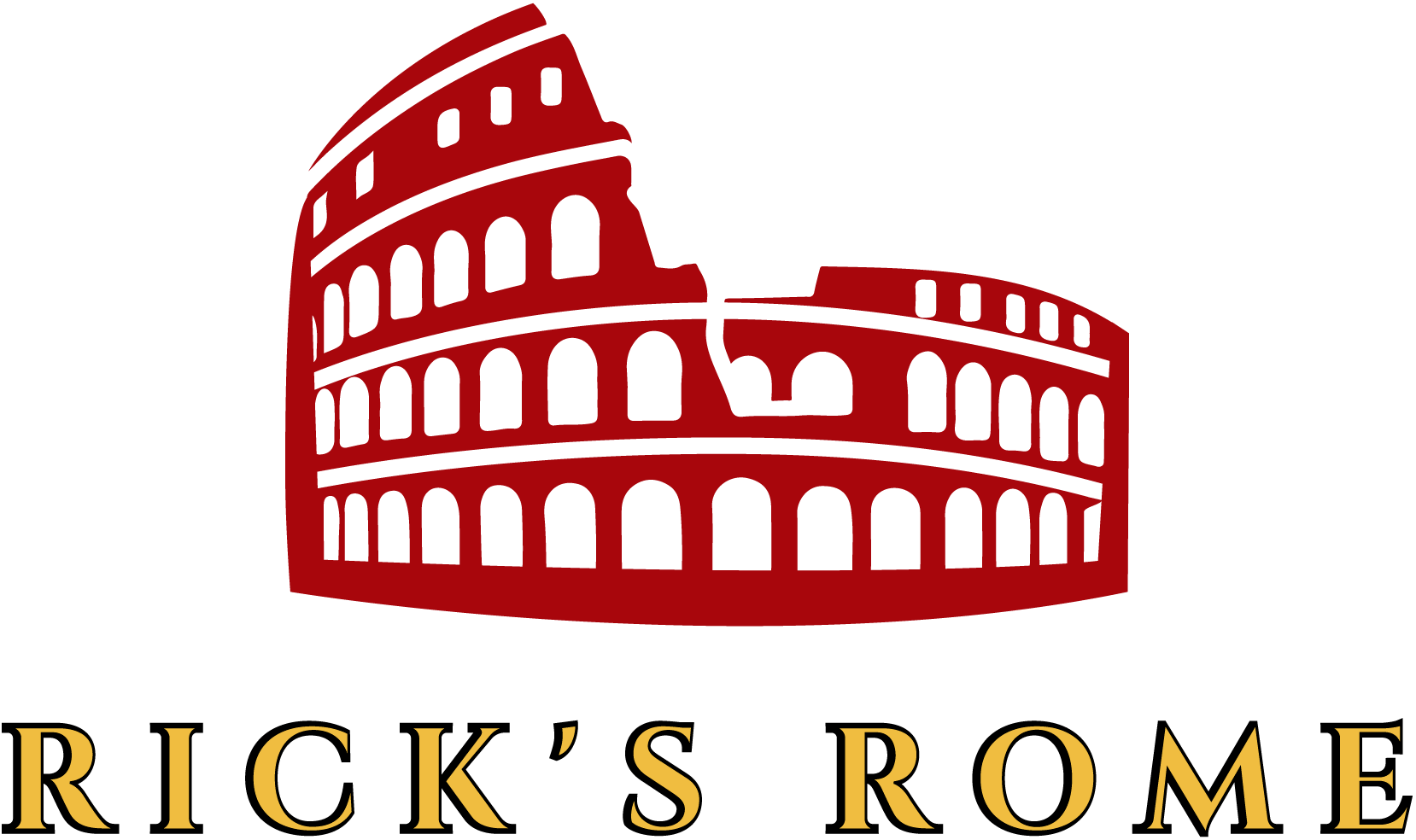
I loved La Bella Figura!
One of my favorites! Whenever I need a good laugh, I go back and re-read a chapter.
Ciao,
I’m back with another comment. I just watched the DVD of “The Rape of Europa” yesterday and have started on the book as my “disciplined day time reading.” (I get to read novels for meals and evenings.) I would like to think that any art teacher or history teacher would want to use this video in a class to help todays high school and college students understand the time of World War II better and more thoroughly. In fact if I weren’t a long-retired journalism teacher, I’ll bet I could squeeze it in there too!
Great documentary, isn’t yet? And a good suggestion from you–it should be required viewing in high school. The world almost lost those treasure, if it weren’t for a few brave souls and everybody should know about it. It would have been a tragedy on par with library of Alexandria. Thanks for your comments, Joan.
Hi,
I printed your list and have started by going to the library here in Rockford, IL and getting the DVD of the “Rape of Europa.” The book is on order at my branch as is “Italian Ways…”, which will take longer.
I believe I can get “The Monuments Men” from the main library too. If not I have a belated Christmas present of Amazon cards from a nephew’s family so will check there. (I was in Rome for Christmas 2012.) I have had Severgnini’s first book on one of my “Italy shelves” for quite some time so will read that before the one you mentioned. I read “The Italians” years ago but may re-read it if I can find it buried on a shelf or on Amazon or maybe even the library.
One book on saving Italy’s art that you didn’t mention but that you might find interesting is one I read last year, “The Venus Fixers” by Ilaria Dagnini Brey–a good read.
Ciao Joan! Thanks, I hadn’t hear of “The Venus Fixers.” It’s gotten some great reviews on Amazon, as well. I’ll add it to my summer reading list!
“Trieste and the Meaning of Nowhere” by Jan Morris is incomparable.
Great suggestion! I’ve read Jan Morris before, but not that particular book. I’m putting on my own “to read” list now. Thanks Arnold!
I would add a well written book by Michael Rips, Pasquale’s Nose: Idle Days in an Italian Town. Another that I found interesting is The Italian Way: Aspects of Behavior, Attitudes, and Customs of the Italians. I always enjoy a good book on “the real Italy” so thanks for your list. Your blog is always an enjoyable and informative read.
Grazie, Riccardo! I haven’t read either of those yet. Pasquale’s Nose sounds interesting…but what about the rest of him?
Ahahah! As for the origin of the title, there is a Pasquale and his nose is memorable. But you’ll have to read about it for yourself — I’m not spoiling the fun! To add to the list, a fun read is John Grisham’s Playing for Pizza. It’s fiction but some of the book is based on facts that the author collected while researching American football in Italy. There are some interesting glimpses into life as viewed by the Italians..
Sarah Dunant: In the Company of a Courtesan (must for Venice lover)
Robert Clark: Dark Water (Florence)
Tim Parks: Under the Tuscan Sun
🙂
Thanks for the great suggestions, Kate! “Courtesan” sounds like a fictionalized version of Veronica Franco. I’ll have to check it out, as I’m writing a post about Venice in the next week or two. Grazie!